As consumers across the globe adapt to the confinements of social distancing measures, marketers scramble to rethink their strategies and identify ways to maximize results during these uncertain times. Every sector has been impacted by the pandemic both logistically and financially. Trends are emerging but vary widely from vertical to vertical. As travel and hospitality brands are facing a near-total standstill, some specific sub-verticals within ecommerce are soaring. Let’s explore the 3 key areas marketers should consider to maintain performance when shifting their paid social strategies during the pandemic.
WATCH NOW
Audience Approach
Keep your foot on the gas when it comes to acquisition.
Throughout February and March, we saw CPMs across the industry plummet as advertisers scaled back or pulled out entirely. However, conversion rates have been stable and in many cases, increased within specific verticals. This presents an opportunity to maximize your reach, tell your brand’s story, and resonate with new consumers more effectively than you ever have. Once we get past this, which we will, you’ll have a pool of new customers to nurture and increase their lifetime value which will benefit your bottomline for years to come.
Broaden and condense remarketing windows.
With liquidity in mind, now is the time to broaden and condense remarketing windows. For example, instead of breaking out segments into 7-, 14-, or 28-day windows, consider condensing them into one cohort. To take this a step further, you can group other remarketing segments into two broad cohorts: high intent and mid intent. High intent users are anyone who has engaged with your products or site within the last 14 days while mid intent users consist of anyone who has engaged beyond a 14 day window. This will allow you to allocate investments towards users showing the highest intent to convert while still reaching users who may still be within the consideration phase. That means you’ll reduce cost inflation and stretch your investment further.
Lean into your retention and loyalty segments.
If there was ever a time to connect personally with your core buyers, this is it. Reach out to them, let them know how your business is responding to the current landscape, and, if you can, make them feel special with an offer. Many large brands and retailers are sacrificing margin to garner sales during this time. Nordstrom and Nike are just a few examples of marquee players who rarely hard-mark discounts sitewide but have in recent weeks. Other brands like rag & bone have actually lowered their prices entirely until this is all over, in recognition that many consumers have been impacted financially due to the crisis.
Connecting emotionally with your core buyers will likely heighten their affinity and perception of your brand, product, or service and turn them into advocates down the line.
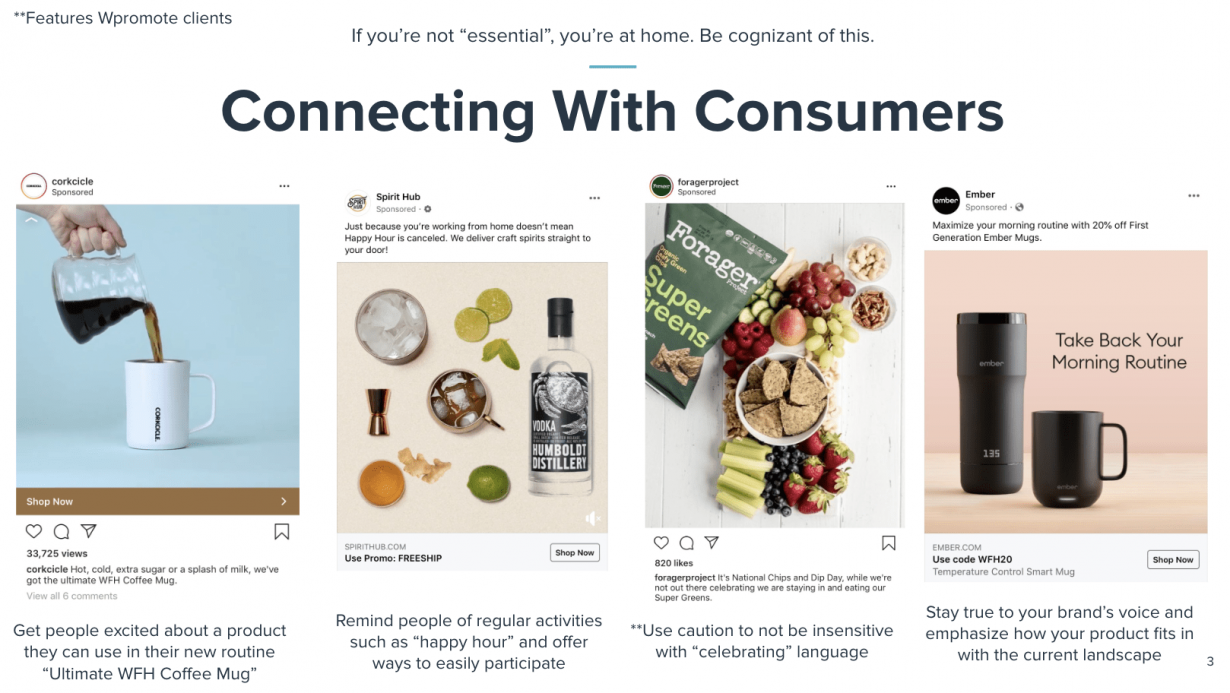
Explore 3rd party work-from-home segments.
With thousands of affinity and interest segments at our fingertips within Facebook’s UI, sometimes you just need to dig a little deeper. Partnering with a 3rd party marketplace such as Oracle means you can further define your target market to reach highly qualified users based on your products or service. For example, one of our partners sells high-end yoga wear. With consumers adjusting to workouts within their homes, we can go after specific segments like ‘Class Pass Users’ or ‘At-Home Fitness Subscribers.’ This will allow us to ensure our targeting is further defined and tailored to our consumer profile.
WATCH NOW
Tactical Approach
Introduce liquidity throughout the funnel to improve efficiencies with machine learning.
As machine learning becomes more prominent throughout the industry, many marketers have been skeptical about adopting this approach. Introducing liquidity within each stage of the funnel will expand available inventory, increase efficiencies, and allow Facebook’s automated systems to reach users with your objectives in mind. Because those changes are occurring in real time, you can ensure every dollar is driving value with outcomes that align with your business objectives.
Diversify your objective mix to increase saturation.
Oftentimes, media buyers get pigeonholed into focusing on only one objective that aligns with their client’s business goals, which makes sense. However, this approach often leads to missed opportunities as you are only reaching a small percentage of your target audience. For example, let’s say I’m trying to saturate my entire previous purchaser list with the goal of getting them to convert for a weekend sale. By running only one objective, let’s say the Conversion Objective, I am telling Facebook to only serve ads to users who are likely to convert. Opening your campaign up to different objectives like Value, Landing Page Views or even Reach allows you to deploy a full blitz across your desired audience.
Diversifying objectives allows you to allocate investments accordingly, drive scale, and reach cohorts you wouldn’t reach by using only one objective.
Promote products that aren’t impacted by supply-chain issues and are relevant to consumers now.
Dynamic Product Ads are now an essential piece of many advertiser’s strategy, which means it’s crucial to clean up Product Sets to ensure any SKUs being served aren’t impacted by supply-chain disruptions. For example, one of our partners had a shipment of product stuck in one of their manufacturing facilities overseas. With a simple sweep of Product Sets currently in-market, we were able to avoid any customer complaints and reduce the volume of potential refunds that their overwhelmed customer service team would have to manage. Take a look into your product mix and feature items that are relevant to consumers now. Think loungewear, lap desks, and products that will improve their current state at home. Full disclosure: a tea kettle from Fellow and a Chemex pour over coffee maker are literally the only things that have made this quarantine bearable for me.
Creative and Messaging Approach
Be authentic, relatable and relevant.
Tone is everything, especially during a sensitive time like this. The way your brand handles this crisis, especially how it personally connects and resonates with its customers, can and will influence future buying decisions. At the end of the day, we’re all human and we’re all going through all of these changes, so be aware of that when deciding how to communicate. Make sure what you’re putting out into the world is relatable and relevant. Let your audiences know what your brand is doing in the world, whether it be philanthropic (donating facemasks) or directly related to the consumer (food delivery for a healthier lifestyle). One of our partners is utilizing their leftover fabric to create facemasks for local hospitals, for example. This is a great way to show consumers how you’re stepping up and doing your part during a global crisis.
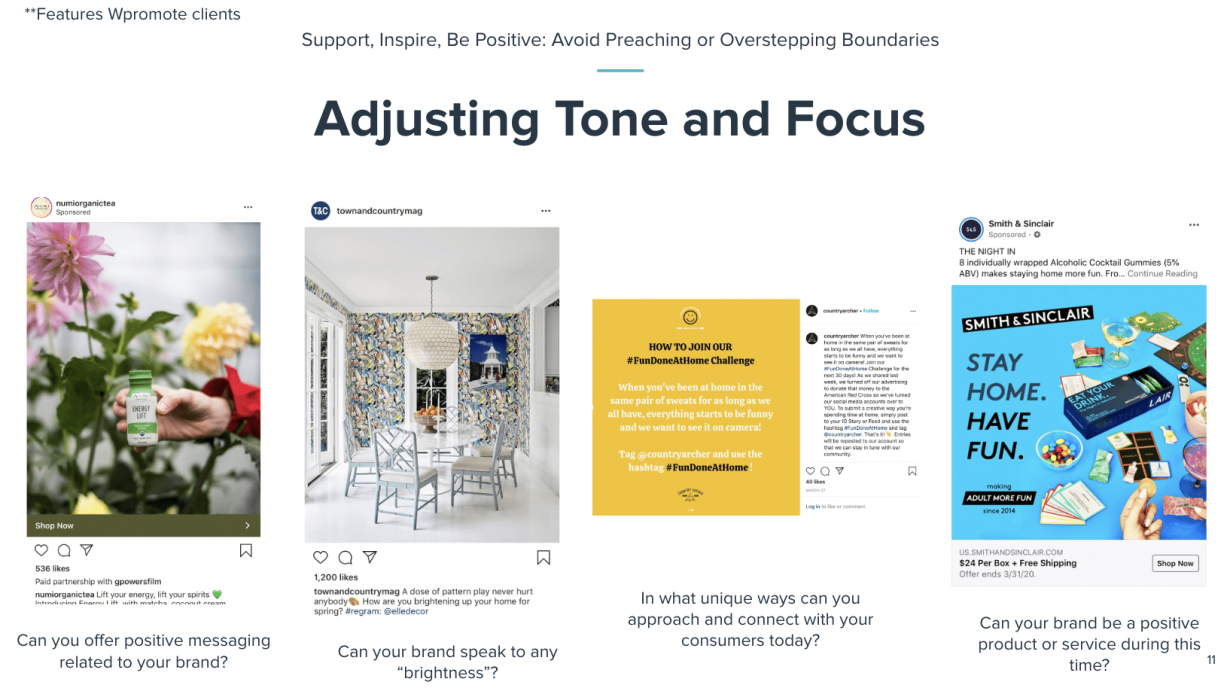
Over-communicate, especially around supply chain and delivery expectations.
Almost every brand has battled fulfillment delays during the midst of this crisis, which consumers now expect. However, companies like Amazon have done a great job of informing customers of “potential shipping delays” as they prioritize essentials like medical supplies and the needs of their customers. As a consumer myself, this hasn’t deterred me from actually buying, especially from Amazon. As long as you inform your consumers and don’t over promise free 2-day shipping when their purchase likely won’t arrive for a week, you’ll be fine. If you’re also selling items DTC on your own site, consider collecting email addresses for out-of-stock items to communicate with people at a later date or offering discounts on pre-orders for things you know will eventually be back in stock.
Creating a simple post-purchase email blast informing customers of potential delays will go a long way and reduce an influx of complaints to your customer service teams.
Tell your brand’s story through video.
Do you remember that viral Dollar Shave Club commercial from 2012? I personally think it’s one of the greatest ads ever created. It’s witty, concise and does a wonderful job of explaining the benefits consumers can expect from switching to their blades. According to Entrepreneur, the production cost of this video was less than $5K which ignited their growth and contributed to their blockbuster acquisition by Gillette. So how can that help your brand right now? Video doesn’t need to be a massive production, and it probably can’t be right now. Focus on your product and ensure every frame and shot has a point. What are you selling? Why should I care? And most importantly, why should I buy this? With video consumption soaring, device usage rising, and CPMs plummeting, now is the time to connect with prospects and your core buyers through an immersive video experience.
Lean on Dynamic Creative Formats.
When it comes to social, creative is one of the most essential ingredients to a successful campaign. But creating hundreds of ad iterations is not only time consuming and ineffective, it can also inflate your costs if deployed incorrectly. By leaning into solutions like Dynamic Creative Optimization (DCO), you can plug in numerous ad elements into one single ad unit. Facebook’s systems will then begin delivering different ad variations to users and eventually determine a winner. By allowing Facebook to ‘Frankenstein’ an ad through DCO, you will reduce your costs and serve the most impactful ad that has resonated the most with users across the marketplace. This approach will not only save your creative team’s time for other projects, but also drives performance.
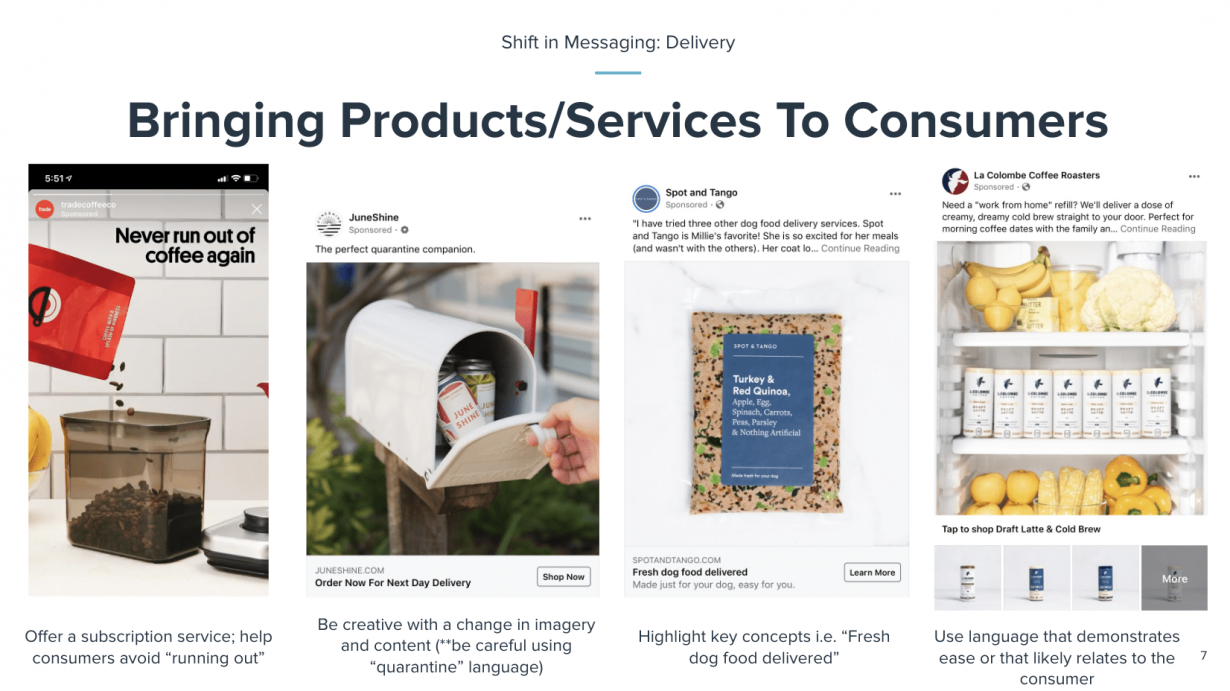
One thing is for certain: we will overcome this. And when we do, we will be stronger, wiser, and weathered. For marketers, the sentiment “a smooth sea never made a skilled sailor” has never been more relevant. As we all adjust and adapt to new budgets, targets and evolving landscapes, we will prevail with a broader perspective that was formed by adversity.

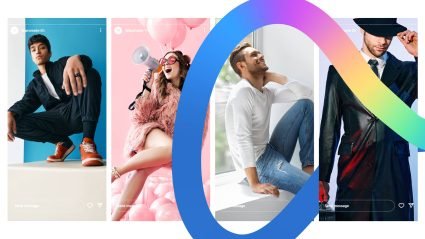


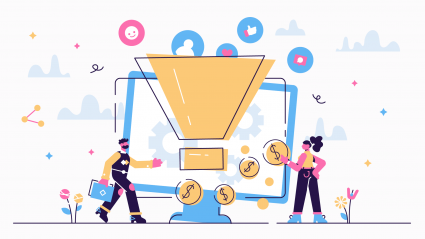


Responses